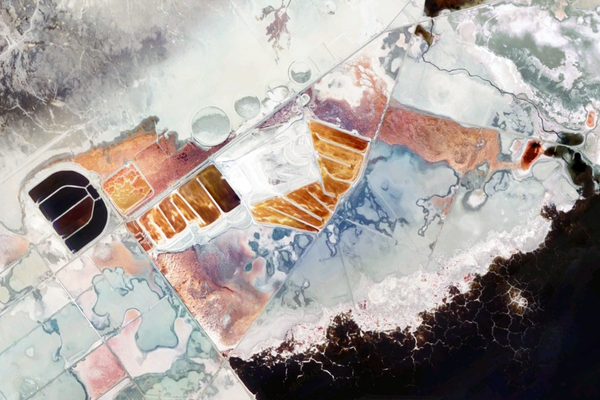About
In a beautiful, remote part of Ireland stands the remains of Benbulben Barite Mine.
The once industrious mine was used to unearth barite, a mineral used in cement as an aggregate, or ground down and used as a filler or extender. It's an agent in the sugar refining process, a white pigment in paint and paper, and used as a weighting agent in oil and gas exploration mining, among many other industrial-type things. Using a cable car system, the barite was brought down Benbulbin, a large rock formation that is a part of the Dartry Mountains. Starting in 1894, barite was pulled out of this limestone-rich monolith for more than 80 years before the well ran dry, so to speak.
While the buildings are long gone and the equipment has groaned to a rusty halt, the mine leaves an incredibly large amount of decaying structure to be seen. A good portion of the 1940s turn-style remains, as well as pylons and wire ropes where the cable cars once ran line down the slope of the mountain. Wooden planks covering deep pits that once held ore are still present, along with the concrete structure that holds the rubble of what was once the rock crusher.
Geologically speaking, these mountains are mostly limestone, with the Benbulben formation transitioning into shale. There are fossilized seashells all throughout every layer, and even some coral in the lower sections. In the mines themselves you can still see calcite and quartz-lined cavities, and if you look up from the rocks and out into the landscape, Crockauns summit can be seen in the distance.
The mine is a very unsafe location, and the access track is on private property.
Related Tags
Published
November 5, 2015
























